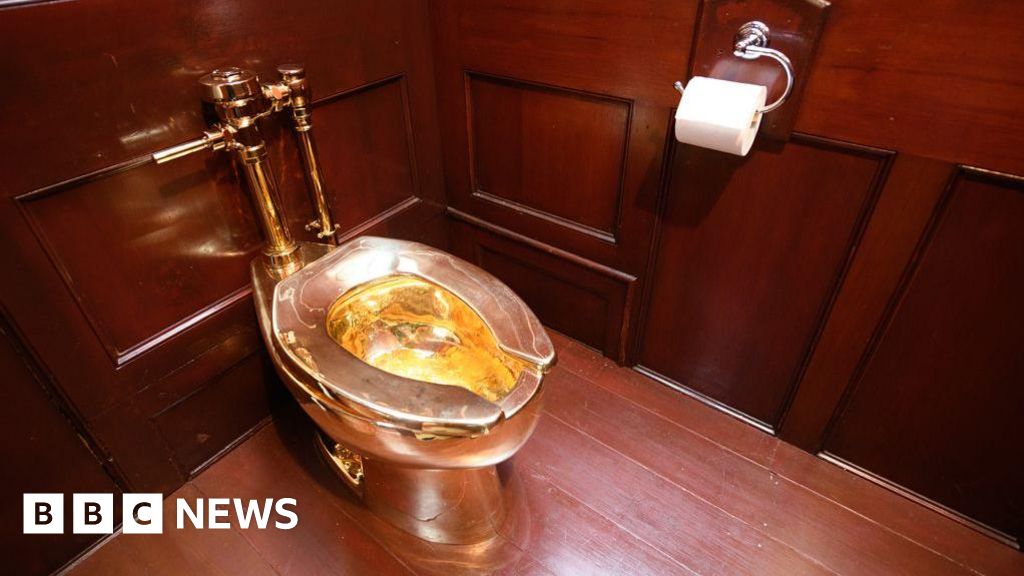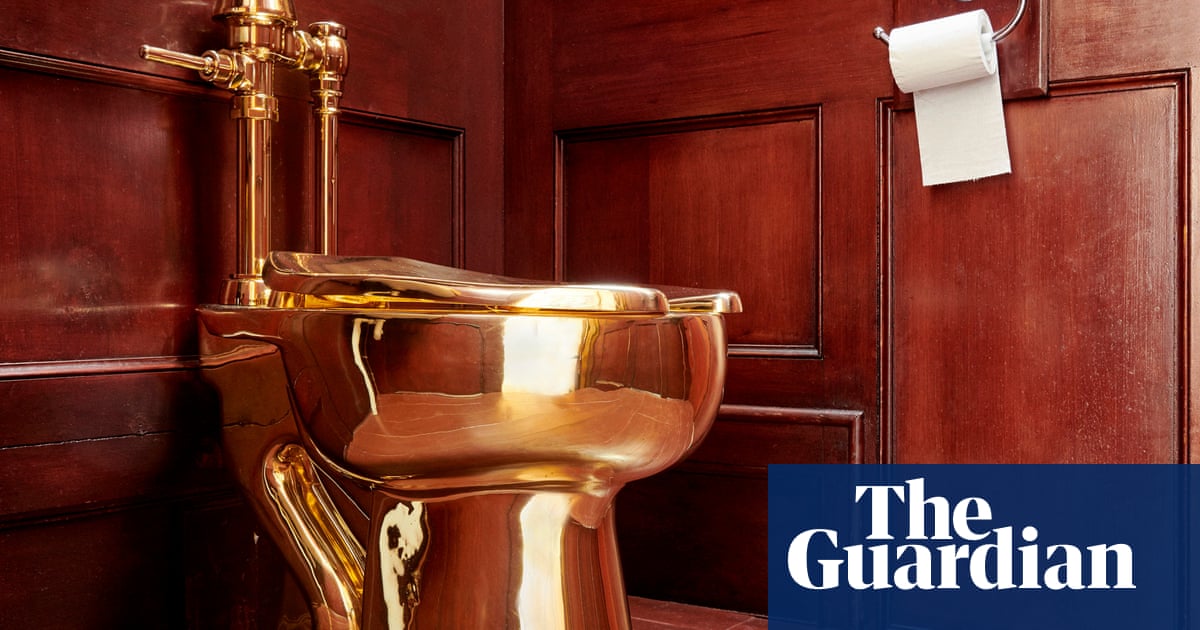Thieves Convicted in £4.8M Golden Toilet Heist from Blenheim Palace
Two men convicted for their roles in the theft of a £4.8 million gold toilet from Blenheim Palace, linked to organized crime.

Sheen has personally made about £2m from his crimes, not including the golden toilet heist.
Gold toilet: Two men guilty over £4.8m Blenheim Palace heist
 BBC News·1M·ReliableThis source consistently reports facts with minimal bias, demonstrating high-quality journalism and accuracy.CenterThis outlet is balanced or reflects centrist views.
BBC News·1M·ReliableThis source consistently reports facts with minimal bias, demonstrating high-quality journalism and accuracy.CenterThis outlet is balanced or reflects centrist views.The theft was planned by James Sheen, 40, who previously pleaded guilty to burglary, conspiracy and transferring criminal property.
Court convicts thief who stole golden toilet from English palace
 Associated Press·1M·ReliableThis source consistently reports facts with minimal bias, demonstrating high-quality journalism and accuracy.CenterThis outlet is balanced or reflects centrist views.
Associated Press·1M·ReliableThis source consistently reports facts with minimal bias, demonstrating high-quality journalism and accuracy.CenterThis outlet is balanced or reflects centrist views.
This was an audacious raid which had been carefully planned and executed – but those responsible were not careful enough, leaving a trail of evidence in the form of forensics, CCTV footage and phone data.
Two men found guilty over £4.8m Oxfordshire gold toilet heist
 The Guardian·1M·ReliableThis source consistently reports facts with minimal bias, demonstrating high-quality journalism and accuracy.Leans LeftThis outlet slightly leans left.
The Guardian·1M·ReliableThis source consistently reports facts with minimal bias, demonstrating high-quality journalism and accuracy.Leans LeftThis outlet slightly leans left.
Summary
Michael Jones and his accomplices were found guilty of stealing a gold toilet worth £4.8 million from Blenheim Palace in 2019. The theft was part of a carefully planned heist, and the artwork, created by Maurizio Cattelan, was believed to be cut up and sold immediately after. Despite extensive forensic and CCTV evidence leading to their convictions, the stolen gold has never been recovered. Authorities continue to investigate the broader criminal network connected to the theft.
Perspectives
Michael Jones and Frederick Doe have been convicted for their roles in the theft of a £4.8m gold toilet from Blenheim Palace, with Jones planning the burglary and Doe conspiring to sell the stolen gold.
The theft was executed rapidly by a group that had conducted reconnaissance and exploited security lapses, raising questions about the effectiveness of security measures at the heritage site.
Despite the audacity of the crime, the investigation resulted in convictions, though the stolen gold was never recovered, highlighting ongoing issues with organized crime and asset recovery.